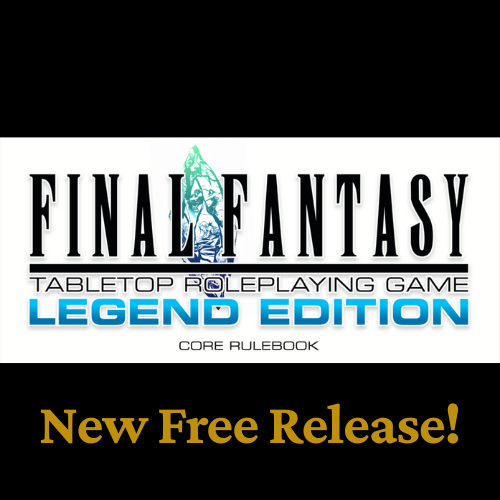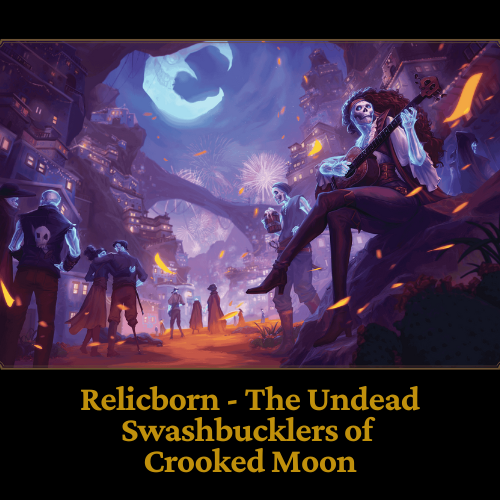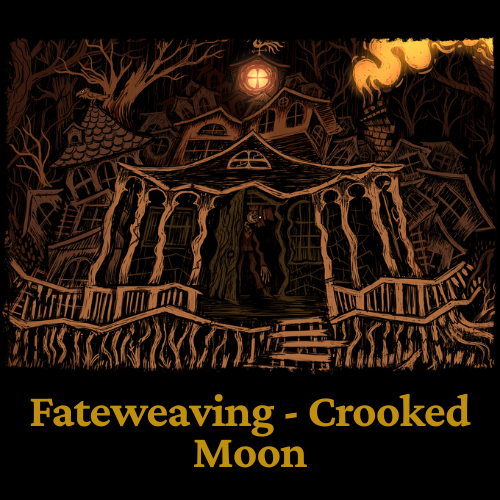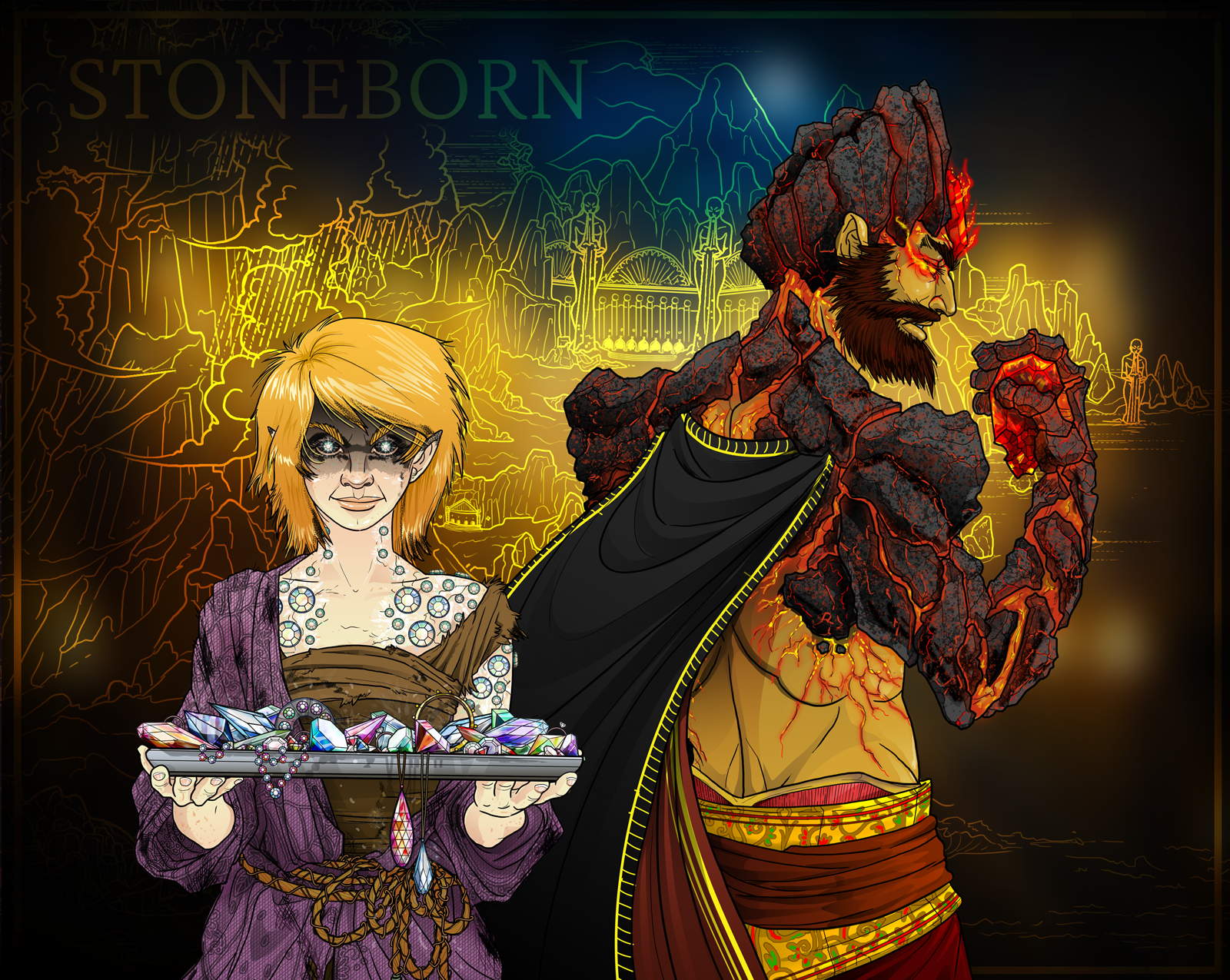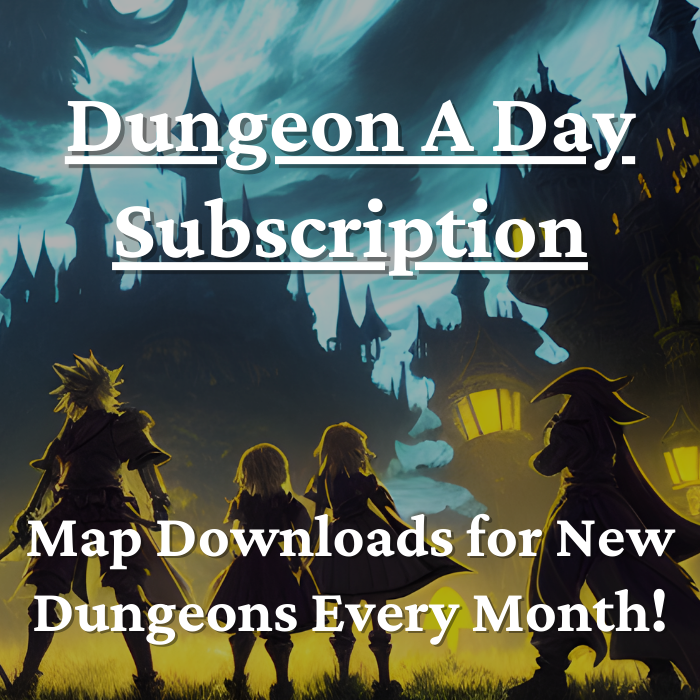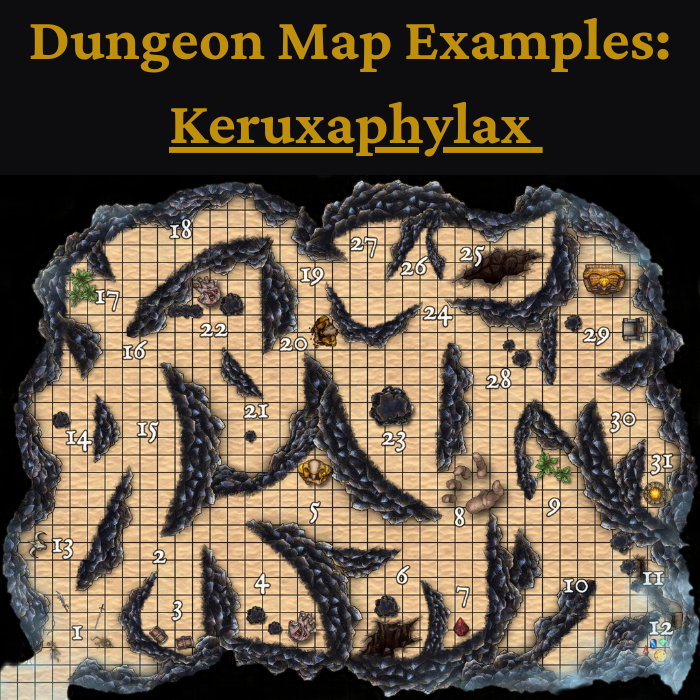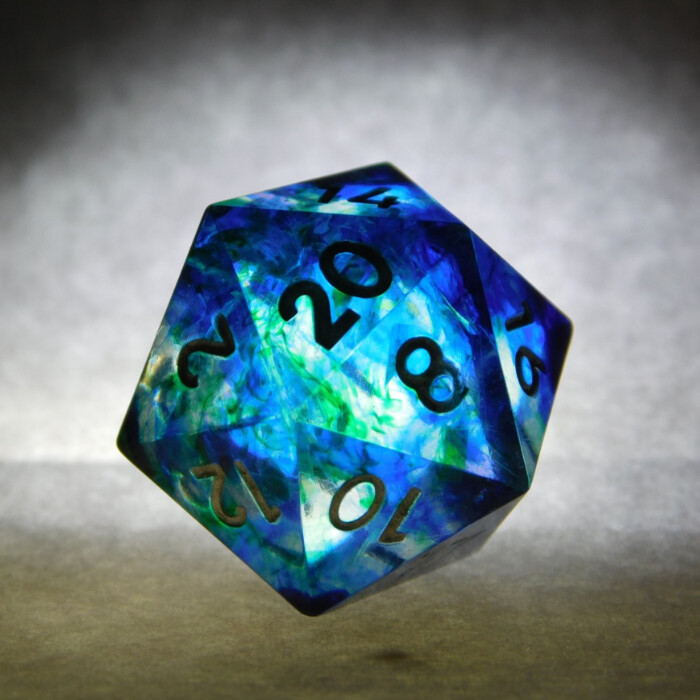Burning Hands 5e - D&D 5th Edition Spell Book
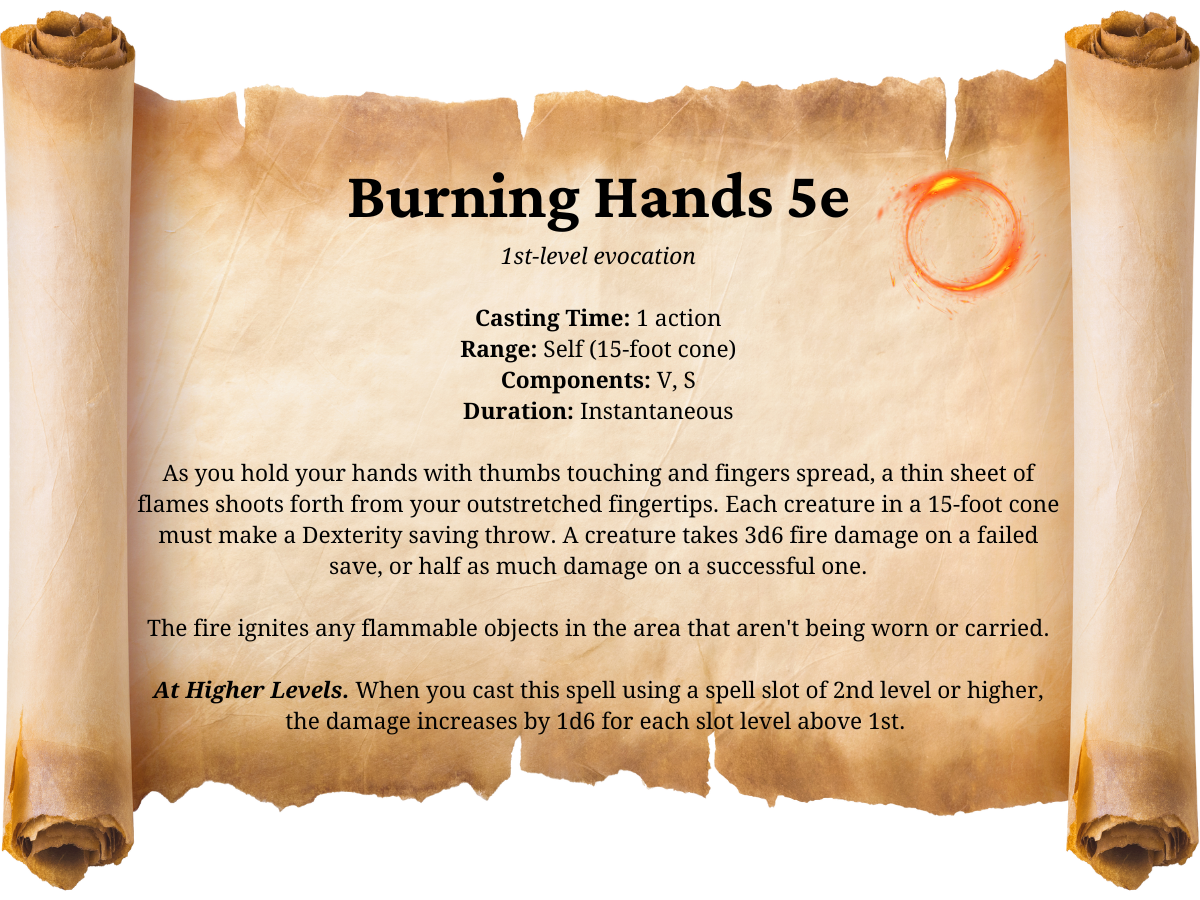
Burning Hands 5e Spell Effects
1st-level evocation
Casting Time: 1 action
Range: Self (15-foot cone)
Components: V, S
Duration: Instantaneous
As you hold your hands with thumbs touching and fingers spread, a thin sheet of flames shoots forth from your outstretched fingertips. Each creature in a 15-foot cone must make a Dexterity saving throw. A creature takes 3d6 fire damage on a failed save, or half as much damage on a successful one.
The fire ignites any flammable objects in the area that aren't being worn or carried.
At Higher Levels. When you cast this spell using a spell slot of 2nd level or higher, the damage increases by 1d6 for each slot level above 1st.
All information on Burning Hands 5e comes from the DnD Player's Handbook.
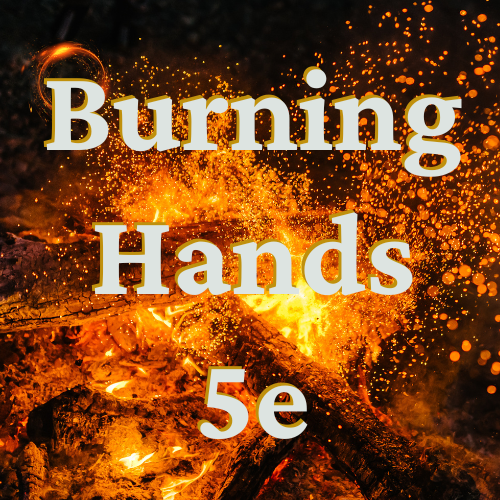
Classes That Can Cast Burning Hands 5e
The following classes gain access to casting Burning Hands 5e as part of their normal class spell availability, within the Player's Handbook:
- Cleric: Light Domain
- Sorcerer
- Wizard
Burning Hands Spell Effectiveness
| Damage | 1st-Level Spell | 2nd-Level Spell | 3rd-Level Spell | 4th-Level Spell | 5th-Level Spell | 6th-Level Spell | 7th-Level Spell | 8th-Level Spell | 9th-Level Spell |
|---|---|---|---|---|---|---|---|---|---|
| Damage Dice | 3d6 | 4d6 | 5d6 | 6d6 | 7d6 | 8d6 | 9d6 | 10d6 | 11d6 |
| Average Damage | 10.5 | 14 | 17.5 | 21 | 24.5 | 28 | 31.5 | 35 | 38.5 |
| 3-Target Damage | 31 | 42 | 52 | 63 | 73 | 84 | 94 | 105 | 115 |
| Average Fighter DPR | 11 | 15 | 19 | 23 | 27 | 30.5 | 34 | 37.5 | 41 |
DPR
DPR indicates damage per round, but in this calculation, it does not account for hit chance. The intent of this table is to provide a roughly-accurate comparison between Burning Hands 5e damage and a fighter's damage per round, to compare. It's also worth noting that since Burning Hands 5e hits a 15-foot cone, it can certainly hit more (or less) than 3-targets at a time. Again, the numbers presented here are intended simply to provide an idea of how powerful the Burning Hands 5e spell may be.
Burning Hands 5e Usefulness
I have both been on the giving and receiving end of Burning Hands, and I can certainly say that when the spell is used properly, it can be absolutely devastating.
- Obviously, Burning Hands 5e should primarily be cast on clusters of enemies. As you can see in the table above, hitting multiple targets with the spell can drastically raise the damage it deals.
- Be sure to only cast Burning Hands 5e on targets who do not have fire damage resistance or immunities (below). Furthermore, try to maximize your usage of the spell on enemies with fire vulnerabilities.
- Since Burning Hands only has an effect cast range of 15-feet, consider if you can actually kill enemies with the spell, rather than just damaging them. The reason is that if you cast on a large group, and many of them live, you probably become the main target for all of them, and being only 15-feet away, you won't have a lot of safety.
Fire Damage Resistances, Immunities, and Vulnerabilities
When using Burning Hands 5e, it's worth knowing ahead of time that in the DnD Monster Manual, there are 37 monsters with fire damage resistance, 40 monsters with fire damage immunity, and 9 monsters with fire damage vulnerability.
Surprisingly, of all damage types in the entire game, fire damage is the one that most monsters are vulnerable to, at 9. Meanwhile, there are 77 monsters in total that take reduced or no damage at all from fire, so be very cautious when casting Burning Hands. One of the worst things you can do as a spell caster in D&D is to waste a spell slot on a spell that deals reduced damage.
Combine Burning Hands with the Following Spells
Most spells in DnD 5e work even better in combination with other spells, effects, feats, and so on. Try combining Acid Splash 5e with some of these other effects.
- Acid Splash 5e: this cantrip spell isn't one that you'd use in combination with Burning Hands. However, it does deal acid damage, so it's here to remind you that if you're facing an enemy with fire resistance or immunity, switch up your damage type.
- Bane 5e: since bane reduced enemy saving throws by 1d4, it's a perfect way to make them more susceptible to your Burning Hands 5e spell.
Burning Hands 5e Counters
Hard counters to Burning Hands 5e are spells like Silence 5e, which prevent you from casting spells to begin with. If you know your enemy has silence, be very cautious around them, as you don't want to get locked out from spell casting.
There are also "soft counters" to Burning Hands, like Bless 5e and Haste 5e. Bless provides a +1d4 bonus to saving throws, while Haste provides advantage on Dexterity saving throws, making targets of these effects less likely to be hit from the full damage of Burning Hands.
Burning Hands-Type Spells in Eternity TTRPG
I created the Eternity TTRPG Game System about 15-years ago, and have been refining the game ever since. It's independently published, inspired by other great TTRPG systems, provides rules for having multiple game masters in your group, and features tactical gameplay in combat.
I've provided a spell example below that correlates pretty similarly to the Burning Hands 5e spell, if you want to see what another game like DnD looks like.
Dice, Dungeons, Games & More - Eternity TTRPG
Share This Article

Author - Jacob Tegtman
Dear reader, I hope you enjoyed this article. Tabletop gaming has been a passion of mine since I was 6 years old. I've played just about every game from Dungeons and Dragons to video games like Final Fantasy. These games have inspired me, made me laugh, made me cry, and brought me endless hours of enjoyment.
I started Eternity TTRPG - and the indie tabletop game that goes along with it (Eternity Shop) - to share my love of gaming with others. I believe that in our technology-driven age, tabletop games help bring a sense of magic and community back into our world.
If you love the site, please share it with others! I have lots of gaming-related material for you to peruse and use in your own gaming sessions. If you have any questions about the site or want to contribute, just send me a message using the "Contact" page, which you can find in the site's footer.
